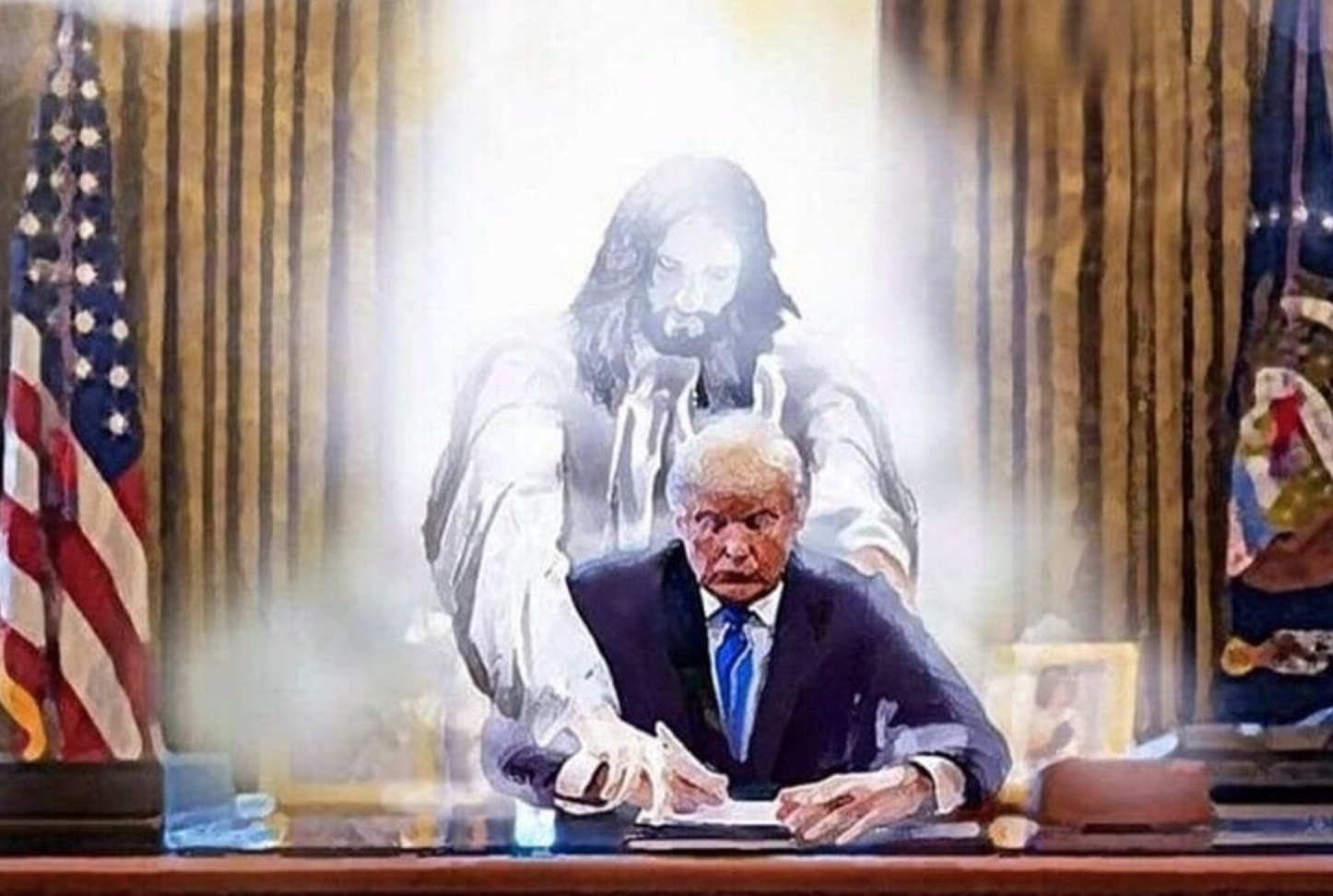Catholic leaders often whisper about "Christmas and Easter Catholics," as in people whose names are found on parish membership rolls but it's rare to see them in pews -- except during crowded Christmas and Easter rites.
Thus, any study of the COVID-19 pandemic's financial impact on America's nearly 17,000 parishes had to start with the early lockdowns that turned Easter 2020 into a virtual event, with millions of Catholics stuck at home, along with their wallets and checkbooks.
Journalists at The Pillar, an independent Catholic website, collected online materials from 100 parishes in 10 strategic church provinces and found that total offerings were 12% lower in 2020 than the previous year. It was clear when the crisis became real.
Data researcher Brendan Hodge noted donations at Christmas -- "perhaps in combination with secular notions both of making donations before the end of the tax year and of making resolutions for better tithing in the new calendar year" -- and then Easter.
"But in 2020 the normal Easter surge in giving was reversed: the very lowest weeks of tithing came during the Lent and Easter weeks when nearly all U.S. parishes were closed," he noted, in the first of two investigative reports.
After the Easter collapse tithes and offerings seemed to find a new "normal," with a consistent pattern of giving that mirrored 2019 numbers -- only about 12% lower. Clearly, many faithful Catholics stayed the course, offering their usual financial support while taking part in online services and whatever in-person rites could be held under social-distancing regulations.
This raised an old issue: Why are some Catholics -- in good times and bad -- more loyal than others? This question is part of a pattern religious leaders have seen for decades, with about 80% of the work and support in most congregations coming from 20% of their members.
"In most cases you have a minority of people in the parish who donate at all," said Hodge, in a telephone interview. When clergy scan the pews, "it's easy to see that the people who are most faithful in worship are almost always the ones who are consistently giving.










